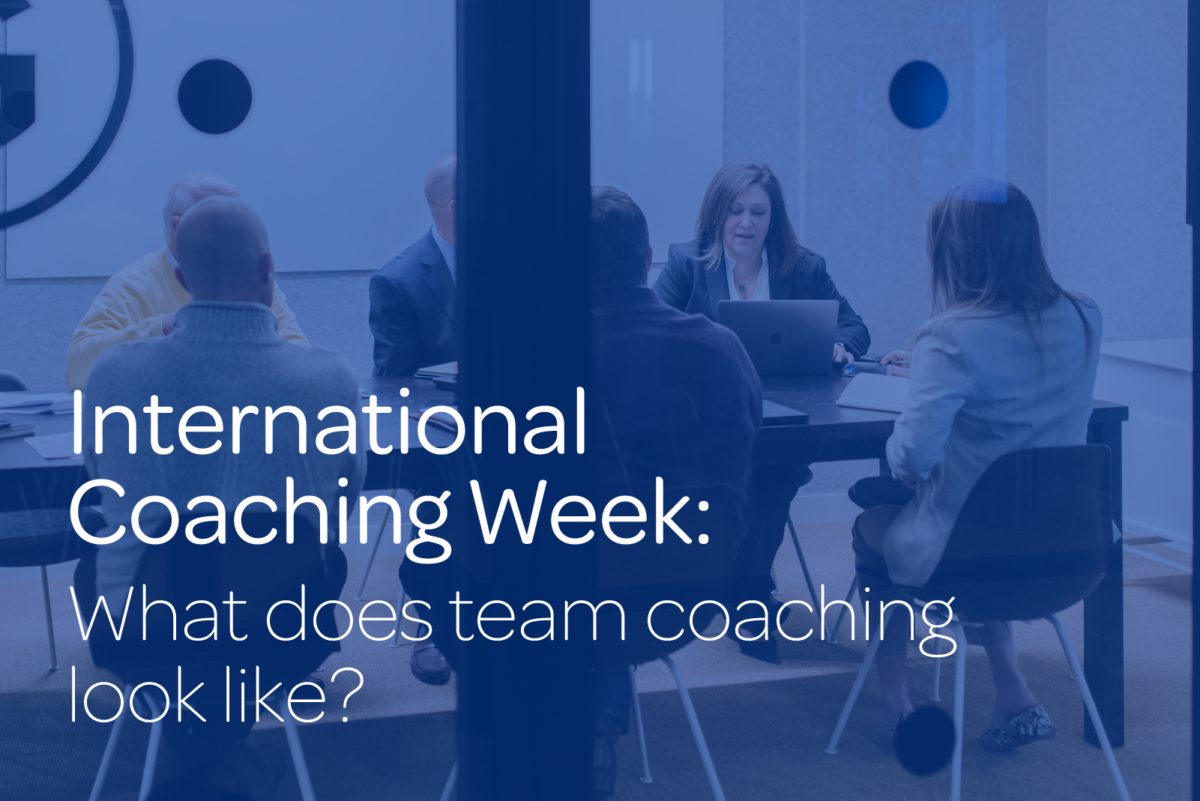The demand for quality coaches has never been higher, and leaders who experience the impact of coaching seek the same process for their teams. Team coaching is different from its one-on-one cousin in some fundamental respects, but many elements are the same.
Here’s how it’s similar:
- Contracting is the foundation of impact. Understanding problems the team seeks to address is critical in successful outcomes. Recently, I coached a healthcare team whose working protocols had been upended by COVID-19. As a result, people were burned out and trust was at an all-time low. The goal of the coaching engagement was to rebuild trust – an outcome both hard to measure and whose absence is palpable.
- The client team has the answers. Unlike a consultant who is hired for assumed expertise, a coach knows that her job is to probe and unleash the answers already residing in the team through skillful, curious facilitation. That “beginner’s mind” – not being able to see the finish line – is the coach’s starting point, and her job is to earn the team’s trust to explore the problem.
- Your commitment drives success. As with many things in life, you get out of coaching what you put into it. Part of a team coach’s job is ensuring buy-in from the entire group and listening to all voices. Even one disengaged team member can sabotage the whole coaching process, so full commitment from all is critical. Recently, I coached the 4-person leadership team of a technology startup whose CEO was using coaching to intentionally create a strong culture. Three of the four team members were immediately engaged, and I worked with the CEO and the fourth team member to help him overcome concerns about participating. Doing this pre-work ensures that the process is valuable for everyone involved.
Here’s how it’s different:
- We explore team issues, not personal ones. This line can often be blurred, as the team is nothing more than a group of individuals – yet team dynamics assume a life of their own. A competent team coach will help the group focus on solving team-related issues and guide individuals to seek separate help where appropriate.
- Psychological safety is a tablestake. A strong 1×1 coaching relationship is built on trust between the coach and coachee. In a team setting, trust relationships are exponential.
Harvard Professor Amy Edmondson describes psychological safety as “a shared belief held by members of a team that the team is safe for interpersonal risk taking.” I recently coached a team where psychological safety was low, but in a group setting, no one would name the issue. We shifted the contracted objective to focus on getting to psychological safety for all – and we’re still working at it. - A team needs a leader. Here’s a bit of a tongue twister: a team coach’s job is to coach leaders to coach their own teams. The frameworks and perspectives provided allow leaders to continue the process after the engagement ends. This transition implies a delicate balance between the leader as an equal member of a team being coached, and the successor to the coach. Skilled team coaches help navigate this balance.

